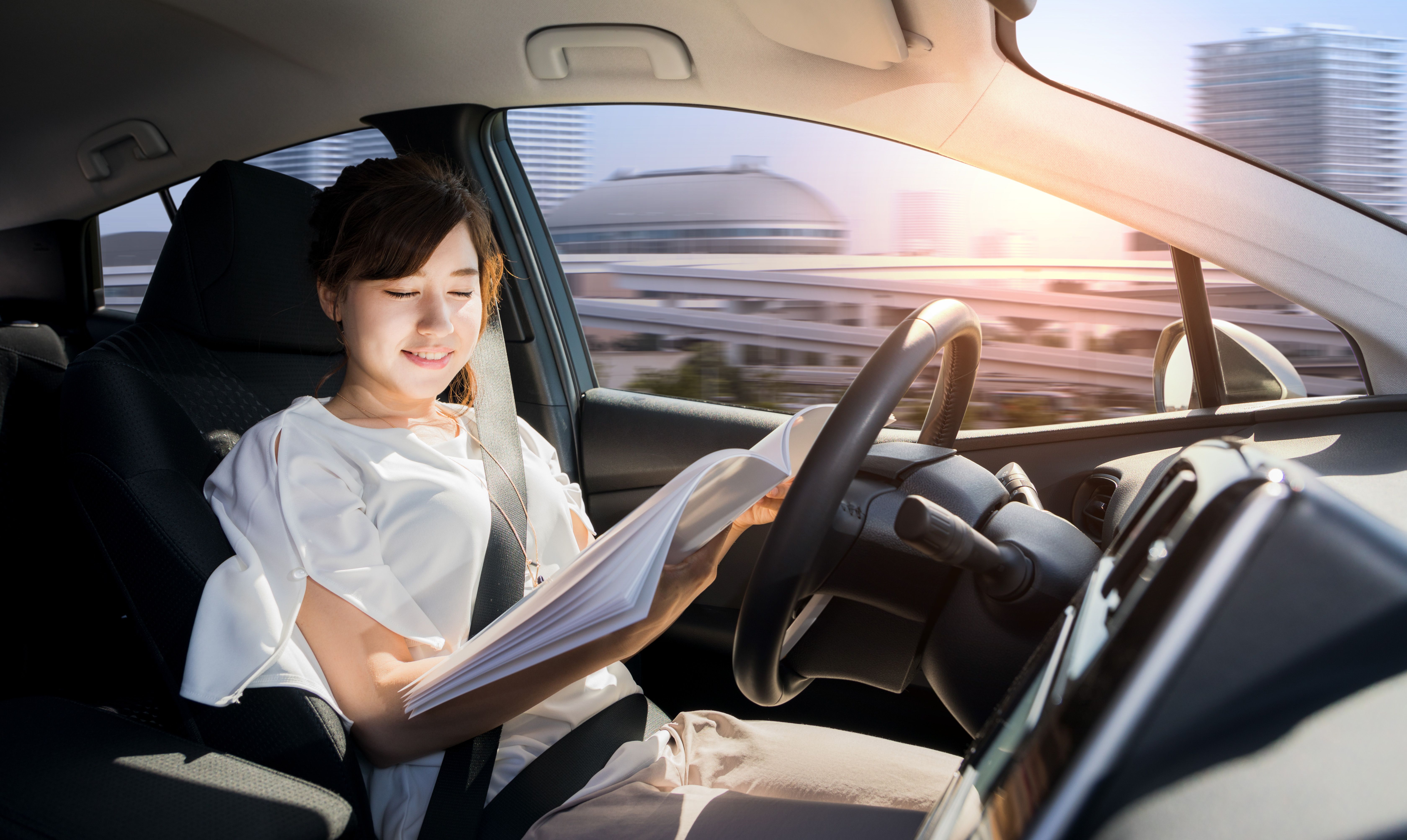Driverless cars are vehicles that employ electronic sensors to monitor their environments and drive with little or no human interference. Autonomous driving as a viable commercial prospect is relatively new for the auto industry, at least in a practical sense, but this technology has been advancing pretty quickly in recent years with progress being made by companies like Google.
You might, at first glance, assume that autonomous driving is just one thing (i.e., a car that can drive itself). However, there are, in fact, multiple levels that are measured by increasing levels of automation. For that reason, the future of driving may not be as simple as a sudden switch from non-automated to fully automated cars. The reality of the world in the 2030s and beyond may be far more complex than that.
Despite driverless cars seeming like a solely 21st-century concept, the very first experiment with autonomous driving dates back to the 1920s, with the first official trials taking place in the '50s. Then, in 1977, Japan's Tsukuba Mechanical Engineering Laboratory presented the first semi-autonomous vehicle. Unsurprisingly, it only traversed streets that were specifically marked, so this was no Google autonomous car.
However, things have changed a lot in the last 40+ years, and the future of driverless cars is looking fairly bright. Let's now break down the various levels of autonomous driving and what they actually mean.
There's Practically Seven Levels Of Autonomous Driving
There are different ways of measuring autonomous driving, depending on the source. However, we'll be taking a look at the zero to five scale by The Society of Automotive Engineers (SAE). The scale by this authoritative source remains arguably the most valid and reliable method of measuring autonomous driving.
The organization breaks down the nature of driverless vehicles into the following levels:
0 - No Automation
For level zero, we're referring to most cars on the road in 2021. While technically rated as having zero automation, these cars may include some degree of artificial intelligence, such as in the form of features like a collision warning, backup cameras, and blind-spot warning.
1 - Driver Assistance
Moving on to level one, these cars might come with some partially self-controlling aspects. For instance, a level 1 autonomous car may have adaptive cruise control that can take charge of braking and acceleration.
2 - Partial Automation
As for a level two driverless car, the vehicle gains some rudimentary awareness of its environment with some more advanced autonomous functions. These vehicles would be able to perform longitudinal and lateral control.
2+ - Advanced Partial Automation
There's actually another level here worth mentioning, that being 2+. This is another lower-grade form of autonomous driving with a more complex autonomous performance, although the driver would still need to pay close attention to the road and step in if needed. An example of a 2+ driverless function would be traffic jam assistance.
3 - Conditional Automation
By level three, we reach the point where a driver could actually disengage from the car entirely (at least most of the time). A driver may need to step in and bring the car to a halt in case of a system failure, however. How effective this system is would depend on road types, weather conditions, and vehicle's speed as well. A level three car could make decisions like whether or not to overtake a vehicle in front of it.
4 - High Automation
If you're looking for an autonomous car, you'll probably want one that you can really rely on so that you can relax and enjoy the ride. By the time we reach level four, we're talking about a truly driverless car. These cars would have extensive capabilities to study their environment and handle any driving function.
That said, caution alerts may be sent to the driver (such as if in poor weather), if the vehicle deems it necessary for human action to be taken.
5- Full Automation
Last and well, the opposite of least, we have the fifth and ultimate level of autonomous driving. A level five driverless car would be one that requires absolutely no human interference whatsoever. The driver could simply provide a voice command to tell the car where to go and sit back and relax.
These super hi-tech cars would be designed with the ability to perceive their surroundings even in poor weather conditions and could traverse roads in the middle of nowhere. That said, commercially viable level five cars are still a dream as of 2021.
Autonomous Driving Is On The Horizon (At Least To A Certain Level)
With the growth and continual development of autonomous cars, many of us are wondering when we'll be able to buy one and what levels will be offered at what point in time. Self-driving cars may still seem like a sci-fi concept, but after years of testing and development, we are, in fact, on the brink of seeing at least some level of autonomous driving on our roads.
However, level four of five autonomous cars may be quite a few years away, and we wouldn't exactly bet that most cars will be this level of autonomous in, say, fifteen years; but, thirty or forty? Maybe. Only time will tell.
Either way, the future of autonomous driving is exciting, and many car manufacturers are busy developing such vehicles, including Apple, Waymo, Mercedes-Benz, Continental, and Volkswagen. One key focus of these carmakers is safety. Convincing consumers to get on board with electric cars is one challenge, but autonomous driving is a whole different beast entirely; a multi-level beast, to be specific.



